The Khmer Rouge
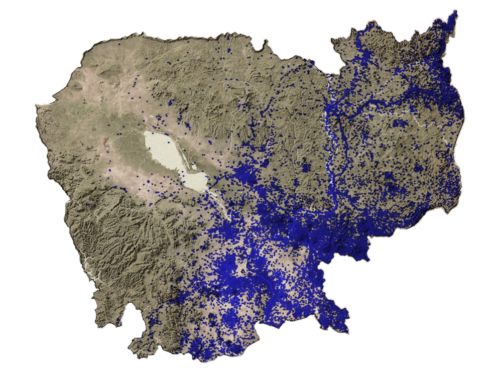
The US response was to illegally commence the most concentrated conventional bombing campaign in history against neutral Cambodia. Much of the bombing was indiscriminate.
A total of 2,756,941 tonnes of bombs dropped on Cambodia.
Fear and the devastating civilian casualties drove the bewildered and largely rural population into the arms of the communist Khmer Rouge. Under their influence, rural society was radicalized and trained to destroy all things associated with the “West”.
The Killing Fields
In 1975, after a long and brutal civil war, the Khmer Rouge took over Cambodia. Pol Pot, the leader of this communist movement, desired national strength and purity. He wanted to return Cambodia to the ancient days of the Khmer Empire when Cambodia was great. To this end he instituted a program of political, economic, religious and ethnic cleansing, which demanded the complete eradication of the modern culture and society because, he insisted, the “West” had tainted it.

The goal: transform Cambodia into a rural, classless society
What followed was one of the most brutal revolutions in history.
The cities were emptied and the entire population subjected to enforced starvation, mass execution, slave labour and unchecked disease in what became internationally known as \”The Killing Fields\”. All the public institutions of society were systematically dismantled. Money and the ownership of all personal property were made illegal. Music was banned. Doctors, teachers, engineers, academics and all other educated professionals were executed along with their extended families.
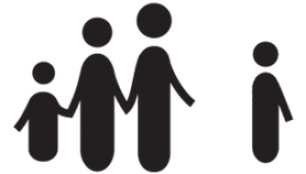
Families were forced
to betray each other
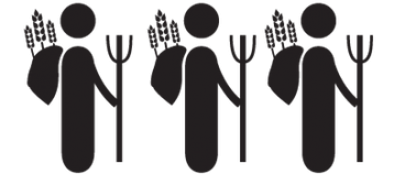
Everyone was forced
into labour camps
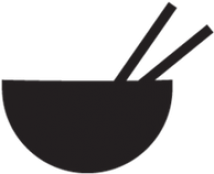
Starvation & torture
was used to control

The Vietnamese invaded and put an end to the slaughter in 1978.
They installed their own communist government.
By that time, approximately 3 million Cambodians had died from execution, starvation and disease. That\’s more than the entire population of Toronto.
The installation of this new communist government provoked a devastating embargo that isolated the traumatized population from the international aid they so desperately needed and produced a second civil war, which raged until 1992. All the warring factions planted millions of uncharted landmines leaving a legacy of destruction that continues to terrify and disable the population.
After the Killing Fields

Post-traumatic generation
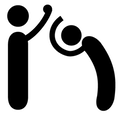
Gender violence
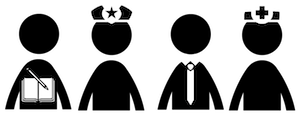
Lack of professionals

Low literacy
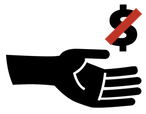
Poverty
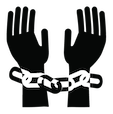
Exploitation
Without trained doctors and any basic medical understanding, Cambodia’s AIDS epidemic became the fastest growing in Asia. Many died and thousands more orphans were added to those left abandoned by years of political turmoil. Medical services, such as they were, were completely incapable of coping. Social services were non-existent. This would have a devastating impact in fuelling the human trafficking industry in Cambodia.
In this context, Ratanak’s Founder Brian McConaghy was first introduced to Cambodia. His heart went out to the Khmer people and he knew something needed to do be done to help them. Brian saw Cambodians as a people who have suffered much, but who are so resilient, so strong, so loved by God. Their history and culture, despite the pain it has endured and the struggles it faces, contains so much beauty and hope. We want to journey with them and work for what God is already doing in their midst.

